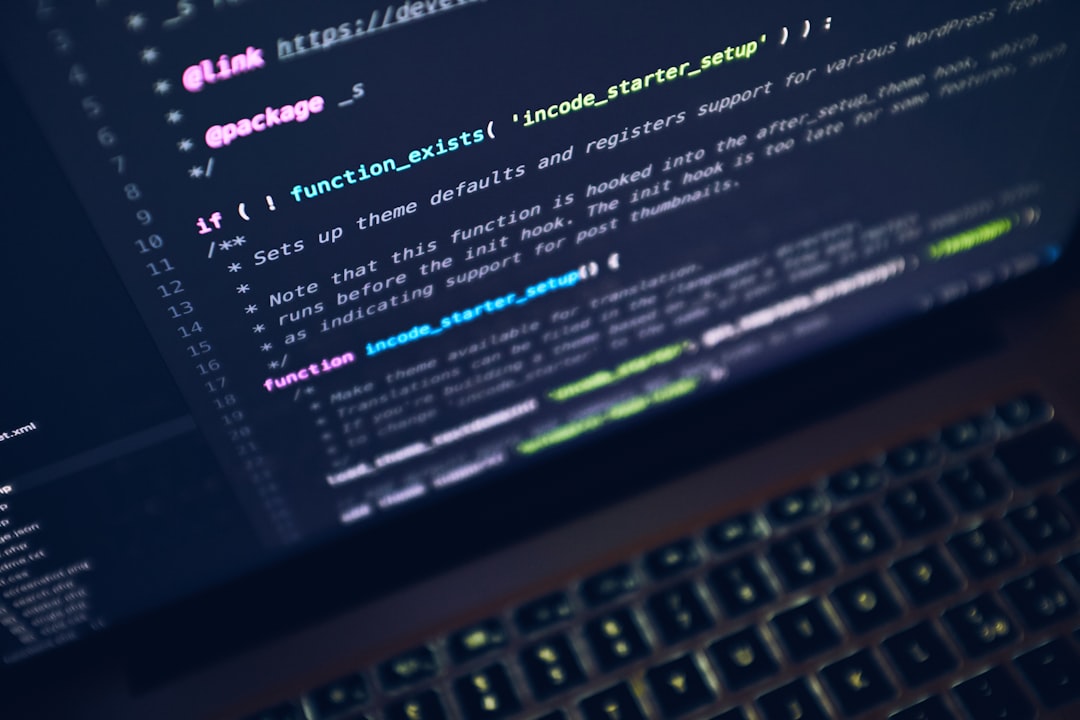Lesson No. 8: Exploring Alternative Layer-1 Blockchains
Other than Ethereum and Bitcoin, which noteworthy blockchain networks are out there, and what are they working towards?

Welcome back, readers! Last week, we covered the different types of tokens and their purposes. Today, we’re diving deeper into the following blockchain networks:
Cardano (ADA)
Solana (SOL)
Polygon (Matic)
Ripple (XRP)
1. Cardano (ADA)
In 2017, Charles Hoskinson and Jeremy Wood, former co-founder and developer at Ethereum, decided to create Cardano: a blockchain network built on peer-reviewed research.
Over the next five years, they collaborated with experts in cryptography, game theory and mathematics to create a network that is designed to be secure, sustainable and, most importantly, scalable. The network utilizes two key features to achieve its goals:
Ouroboros - Ouroboros is the name of Cardano’s consensus mechanism. It is a proof-of-stake (PoS) model that is infinitely scalable — in theory at least. Similar to Ethereum’s post-Merge model, it consumes very little energy and increases net efficiency by relying on validators rather than miners (check out our Glossary for a quick refresher!).
Multi-layered - Cardano is a two-layered blockchain consisting of a computational layer and a settlement layer. The settlement layer is the ledger recording transactions of ADA, Cardano’s native token. The computational layer is what enables the functioning of smart contracts. The goal of splitting the blockchain into multiple layers is to achieve a million transactions-per-second (TPS).
Noteworthy Projects
Cardano only added smart contract functionality in September of 2021. Since its inception, it has chosen to roll-out upgrades at a steady pace rather than swiftly because of a desire to focus on building sustainable and secure infrastructure. Having said that, the network sits securely in the top-ten for market cap. It has several dApps already in use and hundreds in development. Here are a couple of interesting ones:
JPG Store is the largest NFT Marketplace on Cardano. It allows users to create and discover art. More importantly, it echoes Cardano’s mission of environmental friendliness: 1% of the platform’s revenues are donated to addressing different environmental challenges.
Minswap is a decentralized exchange (DEX) on Cardano. It is the largest DEX on the network with a TVL (Total Value Locked) of approximately $29 million. The DEX distributes tokens to participants and Liquidity Providers so they can vote on any proposed protocol changes.
2. Solana (SOL)
Solana has had a tough couple of months. The recent FTX collapse has badly hit its NFT ecosystem, and just a few weeks ago there was a $114 million hack on Mango Markets, a lending protocol on the network. Having said that, its still difficult to discount Solana’s tremendous growth since its launch in 2020.
Anatoly Yakovenko, Solana’s developer, seeks to rival Ethereum in utility but surpass its scalability. His eventual goal, self-admittedly an ambitious one, is to have prices reflect news on Solana as quickly as they do on the New York Stock Exchange. Solana’s network relies on a consensus mechanism that is a unique blend of two concepts:
Proof of History - This concept is a bit nuanced but an understanding of the basic idea will suffice for now. Most blockchains require nodes to interact with each other so they can agree on the time and ordering of transactions. This can delay the speed with which new blocks are added to the chain. For example, a new block is created every 10 minutes or so on Bitcoin. Proof of History was designed to counter that delay. It can be best understood as a “cryptographic timestamp”, whereby each new transaction is given a unique hash as a function of the exact time of when the transaction occurred. This allows nodes on the system to agree on which transactions occurred when, without having to interact with each other. Solana can theoretically add a new block every 400 milliseconds, paving the way for its network to function without delays, at extremely low gas fees and with approximately 50,000 TPS.
Delegated PoS (DPoS) - This is a modified version of the conventional PoS model and we’ve covered it in Lesson No. 3. As a quick reminder, DPoS allows users to lend their tokens to a staking pool which has a delegate responsible for validating the next block. The delegate earns transaction fees as a reward while lenders receive a portion of the block reward.
Noteworthy Projects
Solana’s native token SOL is the 13th largest cryptocurrency in terms of market cap (a little over $5 billion as of today). Additionally, its smart contract functionality has allowed plenty of dApps to gain recognition. Here are a couple of interesting ones:
Audius is a decentralized music streaming platform that originally launched on Ethereum but has since moved parts of its operation over to Solana. It allows artists to share and monetize their music and interact with their fans directly. The dApp’s token, AUDIO, has a market cap of over $130 million.
Raydium is a DeFi platform that allows users to trade tokens, provide liquidity and earn yields. Additionally, the platform boasts a fundraising tool called AcceleRaytor which helps emerging projects raise funds and grow within the Solana network. Raydium is also the second largest DeFi platform on Solana in terms of market cap (over $50 million).
3. Polygon (MATIC)
Polygon (MATIC) is a layer-two (L2) sidechain solution that is built on top of the Ethereum blockchain. As of now, the only L2 solution with an actual native token (MATIC). Recall the Blockchain Trilemma, Polygon is designed to fix Ethereum's scalability issues (network congestion causes Ethereum transactions to be delayed and increases gas fees). Both Ethereum and Polygon depend on each other, and are not in competition. Consider this example: imagine an HOV lane or NYC subway, Ethereum is the local train, while Polygon is the express train - it creates faster transactions. Polygon has the potential to handle about 65,000 transactions per second (TPS), while Ethereum can process 17 TPS. Polygon has lower transaction costs, and its faster TPS provides a flexible framework for dApps and other blockchain projects to build on Ethereum.
MATIC is Polygon's network native token. Its main function is to govern and secure the Polygon network. Currently, there's 8.73 billion in circulation, with a 10 billion cap.
Major News:
Polygon was the only blockchain selected to participate in Disney's 2022 Accelerator Program.
Starbucks is working with Polygon for their Starbucks Odyssey Web3 Experience (NFT loyalty program).
Major Projects:
MANA Token: a native currency of Decentraland that is used to purchase lands, goods, and services within Decentraland.
4. Ripple (XRP)
Ripple is a payment settlement system that facilitates cross-border cryptocurrency payments and liquidity. It specializes in money transfer, currency exchange, and remittances. It is supported by RippleNet (blockchain payment protocol), to facilitate instantaneous transactions between financial entities. RippleNet utilizes XRP for its on-demand liquidity service uses, this service draws from a pool of digital assets (XRP) to provide liquidity transactions instead of pre-funding. Many remittance players and banking giants like Bank of America use RippleNet. Ripple helps make transactions quicker making it convenient for banks and a popular cryptocurrency exchanges.
XRP is Ripple's network native token. Ripple owns about 60% of XRP and its used to facilitate transfers of money between different currencies. It has a limited supply of 100 billion, half of which are in circulation. XRP does not run on the blockchain, but rather uses distributed ledger technology, consensus protocol, to validate transactions. Validators compare the proposed transaction to determine if they are valid, once consensus is reached, the transaction is clear. XRP allows only select network of participants to help validate transactions.
Major News:
On December 22, 2020, the SEC filed a lawsuit against Ripple alleging the sale of XRP constituted an unregistered security (the case is still pending).




